water
Latest
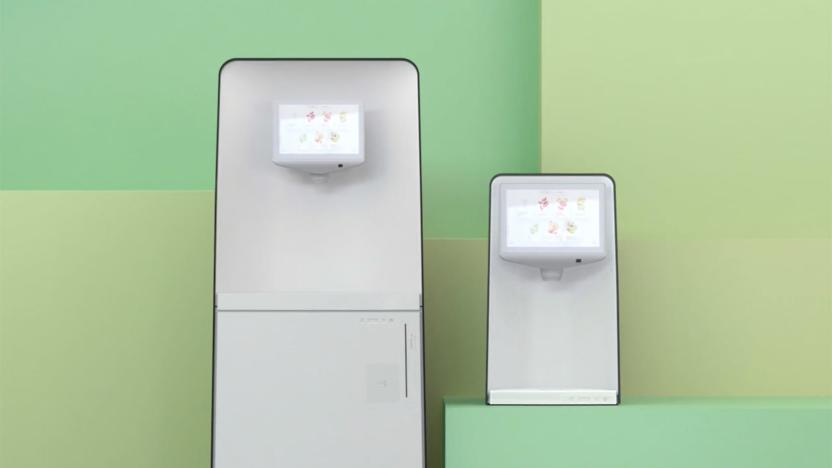
Pepsi is making a SodaStream-like sparkling water station
Now that Pepsi owns SodaStream, it's trying its hand at a make-your-own-drink station -- though it's not for the company's usual sugar-laden fare. The company has unveiled a water dispenser system that lets you create your own zero-calorie beverage. A touchscreen interface lets you make it as carbonated as you like, choose the flavor (including its strength) and dial in the temperature. You could get a strong, cold raspberry lime drink when you want something punchy, or plain uncarbonated water if you're not feeling adventurous.
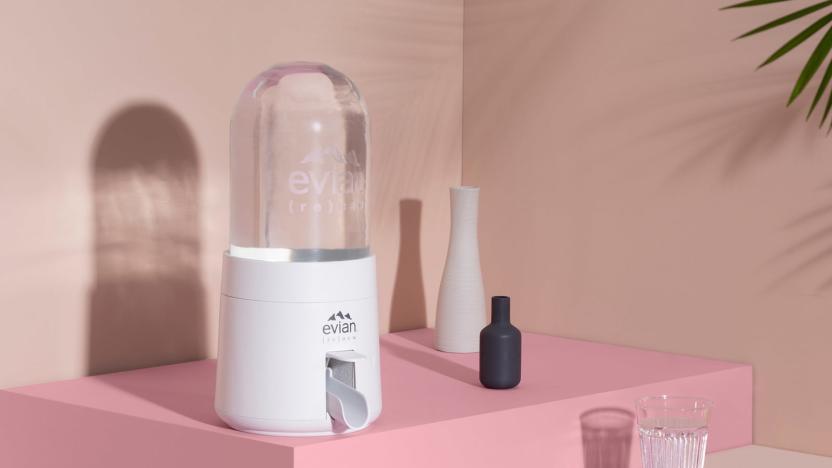
Evian's answer to wasteful plastic bottles is a smart water dispenser
Evian knows that plastic water bottles aren't terribly kind to the environment, and it has a clever solution to that problem: give drinkers a way to kick the bottle habit altogether. Its newly launched Renew water dispenser relies on unique 5L (1.3gal) "bubble" jugs that shrink as you use them, providing a hefty amount of mineral water without as much of an impact on the environment as usual. Each jug uses 66 percent less plastic than a 1.5L bottle, and they're both made of completely recycled plastic and themselves completely recyclable. You won't have to feel quite so guilty about wanting Evian for the gym or a long hike.
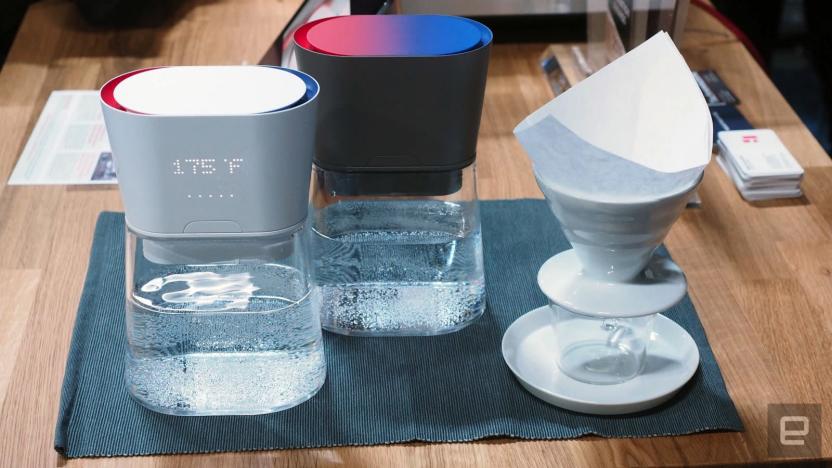
Heatworks' Duo carafe is instant kettle meets stylish Brita
We're all thinking it: Waiting for the kettle to boil is so 2018. But that hot minute of idly poking Insta while you await your coffee fix could be eliminated if Heatworks has anything to say about it. The company has created Duo, a "carafe" that heats water, instantly, as you pour it. It may look like a stylish Brita filter -- and filtration is part of the package -- but thanks to the graphite electrodes in its upper half, water is heated within 1°F of your desired temperature as it leaves the vessel.

OSIRIS-REx spacecraft already found water on its target asteroid
It didn't take long for NASA's OSIRIS-REx spacecraft to glean valuable insights from the asteroid Bennu. The vessel has helped scientists discover water trapped inside Bennu's clays thanks to its two spectrometers, which spotted the hydroxyls (bonded hydrogen and oxygen atoms) that indicate interaction with water. Researchers believe Bennu's parent astroid hosted liquid water at one point, and these traces carried over to the smaller space rock.
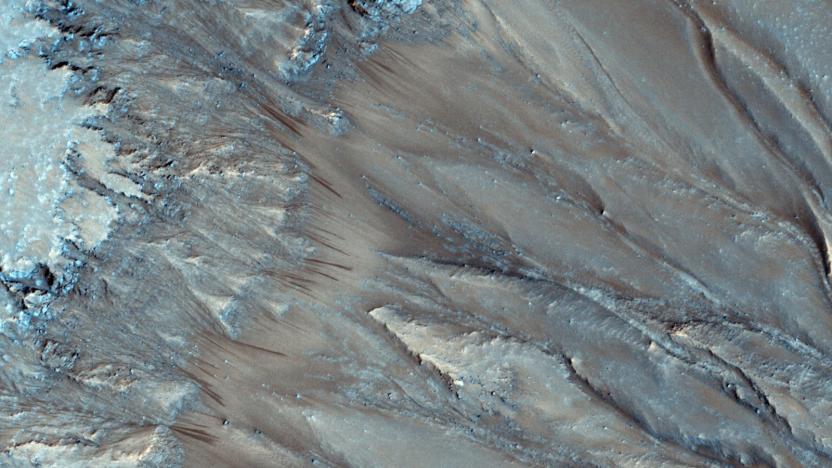
Orbiter flaw may have ruled out some signs of water on Mars
You might not want to get too excited about the prospects of finding water on Mars. A recently published study has determined that the Mars Reconnaissance Orbiter's approach to handling water data is flawed, potentially invalidating some earlier discoveries of salty water flows. The machine's Compact Reconnaissance Imaging Spectrometer for Mars (CRISM) can be confused by some high-contrast areas, and the software used to correct that data can inadvertently produce false signs of perchlorates that hint at salt water flows. There appeared to be an abundance of perchlorates in the corrected results, but there doesn't appear to have been any in the raw data.

New solar cell generates hydrogen and electricity at the same time
In the ongoing pursuit of abundant, renewable alternatives to fossil fuels, scientists have produced hydrogen for fuel cells through artificial photosynthesis, which splits water into hydrogen and oxygen. Traditional processes have struggled to use optical, electronic and chemical properties in a way that makes this method efficient, but now researchers from Berkeley Lab have created a recipe that could completely bypass the limitations in current materials.
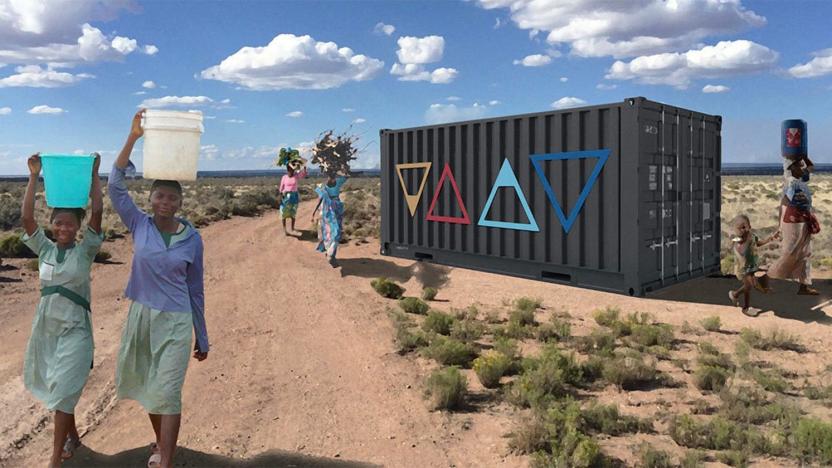
The latest Xprize winner harvests drinking water from the air
Judges have chosen the winner of the Water Abundance Xprize, and it might just be vital to solving some of the world's most difficult shortages. The Skysource/Skywater Alliance has earned $1.5 million for WEDEW (Wood to Energy Deployed Water), a system that converts air into drinking water using natural resources for power. The heart of the technology imitates clouds by cooling warm air and collecting the condensation in a tank. A biomass gassifier, meanwhile, vaporizes wood and other organic material to generate the necessary power for the system.

MIT experts pioneer a way to recover drinking water from power plants
Water accounts for around 70 percent of the Earth's surface, but it's still not reaching those who need it most: three billion people live in water-stressed areas or lack access to drinking water. Things are starting to look up, however. Recent efforts from CSIRO, Belgian university researchers, and now, a system envisioned by MIT engineers are all pioneering new ways to generate clean H2O.
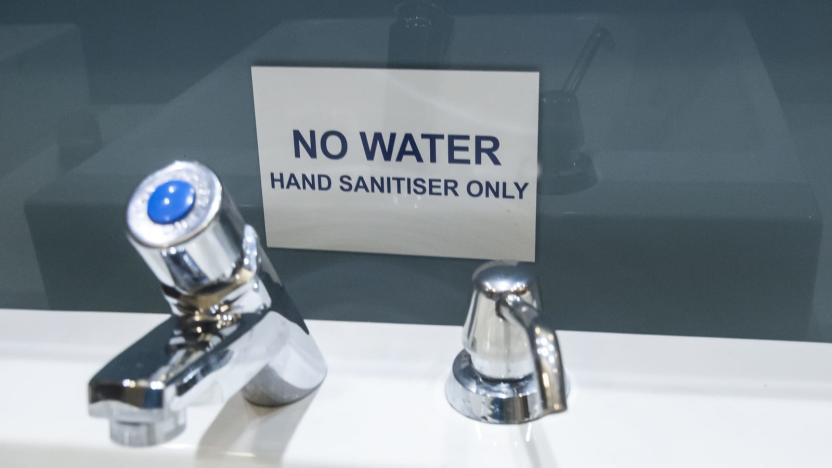
Atmospheric harvesters will enable arid nations to drink from thin air
As climate change continues to wreak havoc upon the Earth's weather patterns, formerly lush locales like the American West are finding themselves increasingly parched. Perhaps nowhere is that abrupt arridization more pronounced than in Cape Town, South Africa. Since 2015, the region has suffered severe droughts and the coastal capital of 4 million people has struggled to maintain a steady municipal water supply.
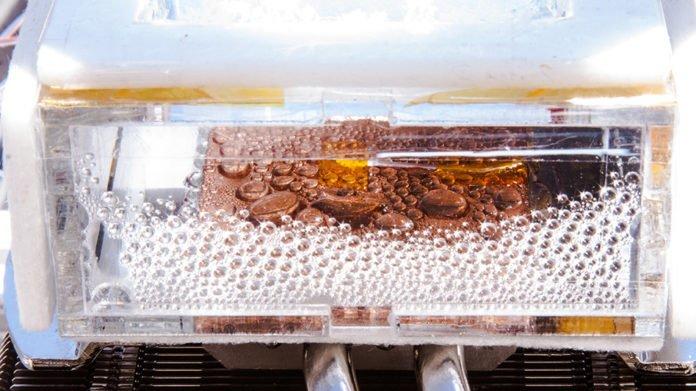
Researchers develop device that extracts water from desert air
Researchers at MIT and UC Berkeley have developed and now tested a device that can extract water out of the air even in the driest of climates. The team proposed the device in a Science article last year and now they've improved the design and tried it out in Tempe, Arizona. While there are a few ways to pull water out of the air, most come with significant limitations. They usually require humidities upwards of 50 percent and some need a lot of energy input to make them work. The research team's latest design, however, works passively, without the need for energy input, and can work in places with humidity as low as 10 percent.
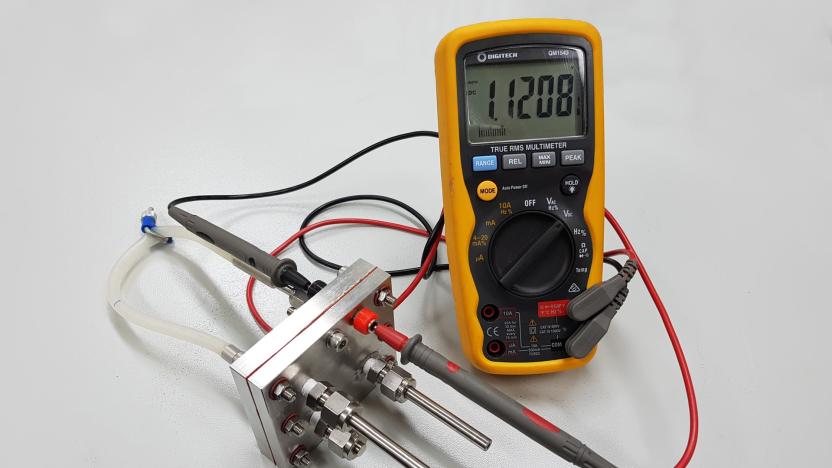
'Proton' battery uses cheap carbon instead of lithium
A big challenge for the EV and renewable energy revolution is that the much-needed batteries are made from lithium, a relatively rare and pricey metal. Rather than focusing on other metals like magnesium, a team of scientists from RMIT University in Melbourne have figured it out to build rechargeable "proton" batteries from abundant carbon and water. If commercialized, the technology could allow for cheaper Powerwall-type home or grid storage to back up solar panels or windmills.

Water could be extracted all over the Moon, not just at its poles
If we're ever going to colonize another world, we can't rely solely on the supplies we bring with us. We'll have to make use of the resources available at our destination, with water being one of the most important. Not only can we drink it, but add a bit of science and voilà! You've got oxygen to breathe or rocket fuel to fly. Figuring out what resources are where is extremely important, and we've been honing this craft by looking at our celestial ally, the Moon. A study published last year suggested that water may exist in high quantities in the lunar interior, and now researchers have found evidence of water being distributed across the entire satellite, which is at odds with the widely held theory it's concentrated in the colder spots at the Moon's poles.
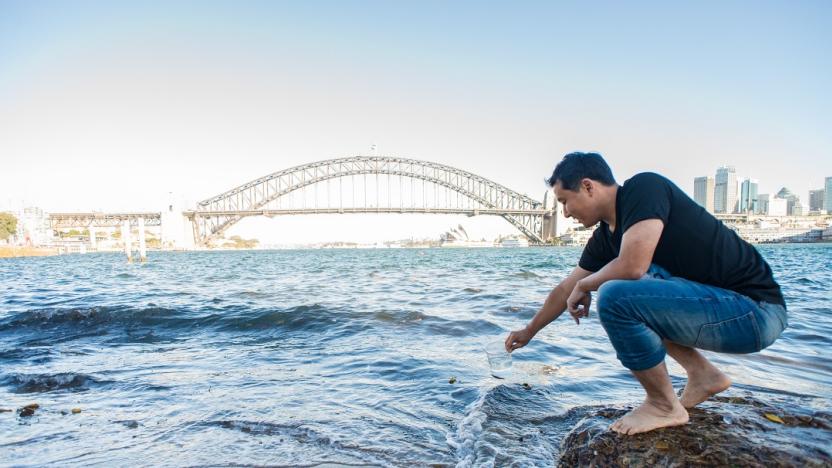
Graphene film makes dirty water drinkable in a single step
Every year, millions of people around the world die from drinking unclean water. Now, researchers have developed a process that can purify water, no matter how dirty it is, in a single step. Scientists from Australian research organization CSIRO have created a filtration technique using a graphene film with microscopic nano-channels that lets water pass through, but stops pollutants. The process, called "Graphair", is so effective that water samples from Sydney Harbor were safe to drink after being treated.

NASA finds easy-to-access water all over Mars
NASA and private companies like SpaceX are busy planning Mars missions, but only have a vague idea of how they're going to find critical water supplies. Now, using the Mars Reconnaissance Orbiter (MRO), researchers have discovered abundant, easy-to-access H20. A survey found no less than eight sites where cliff erosion has exposed thick deposits of nearly pure ice that lie just three to six feet below rock and dust. The findings mean that future missions, both manned and robotic, may have an easier time than expected digging up water for drinking and making rocket fuel.

Origami-like soft robot can lift 1000 times its weight
Soft robotics allow machines to move in ways which mimic living organisms, but increased flexibility usually means reduced strength, which limits its use. Now, scientists at MIT CSAIL & Harvard have developed origami-like artificial muscles that add much-needed strength to soft robots, allowing them to lift objects as much as 1,000 times their own weight using only water or air pressure. One 2.6 gram muscle is able to lift a 3 kilogram object, which is the same as a duck lifting a car.

Dark streaks on Mars may not be caused by flowing water
In 2015, scientists analyzing mysterious dark streaks on the surface of Mars found evidence that they were formed by liquid water -- an exciting discovery that meant microbial life might be supported on the planet. But new findings published this week in Nature Geoscience suggest it might not be liquid water after all.

Buoy uses AI and machine learning to keep your water bills low
Buoy is a device that puts machine learning to work to save on your water bill. The IoT device connects to your home's WiFi network and water supply to monitor how much is going where on a use-by-use basis (faucet shower, washing machine, etc..), in real time. It uses algorithms to measure water usage and suss out leaks, and will deliver alerts to your mobile device when one is detected. From there, you can even do a remote shut-off so the basement won't be flooded when you get home.
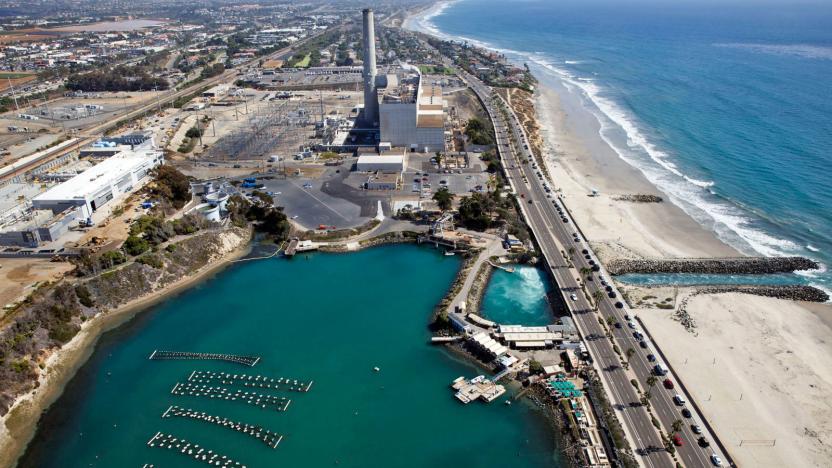
Seawater desalination will quench the thirst of a parched planet
Humanity has sought to make the Earth's oceans potable for thousands of years. The Norse tale of Utgarda-Loki tells of Thor being tricked into drinking from a horn connected to the sea, while Exodus 15:22–26 of the Bible likely describes Moses desalinating the water of Marah:

NASA study will help identify potentially habitable planets
NASA has already found tons of exoplanets around nearby stars, and will spot countless more once the James Webb Space Telescope (JWST) launches. The problem is that scientists aren't exactly sure which planet-star combinations are most likely to support life. A new NASA study has found that planets orbiting small stars like Trappist-1 could retain their oceans for billions of years, even if they're quite close -- provided the star emits just the right amount of infrared radiation.
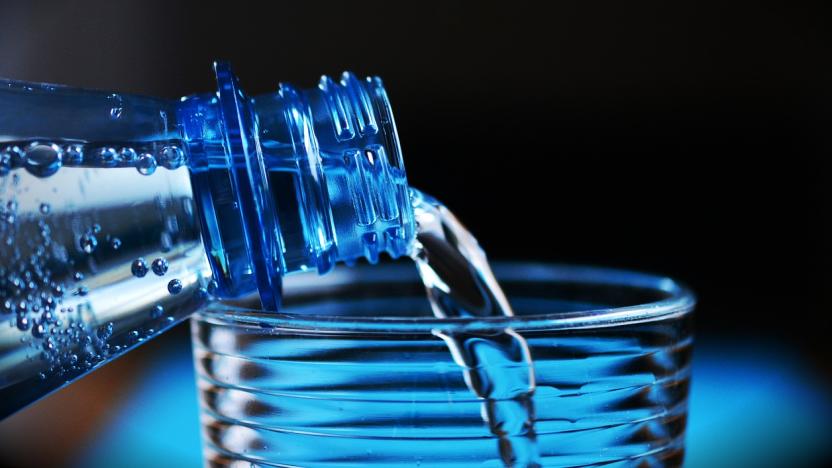
Scientists use molecular 'sieve' to purify water
Researchers have taken a major step forward in making previously undrinkable water drinkable, therefore tackling one of the biggest challenges faced by the planet -- some 1.2 billion people lack access to clean drinking water (a number which is set to grow as populations increase). By modifying graphene oxide membranes, the international team of researchers has created what is essentially a molecular "sieve". The selectively permeable membrane lets some molecules through while trapping others behind, producing water at various levels of cleanliness suitable for drinking or for industrial applications.







